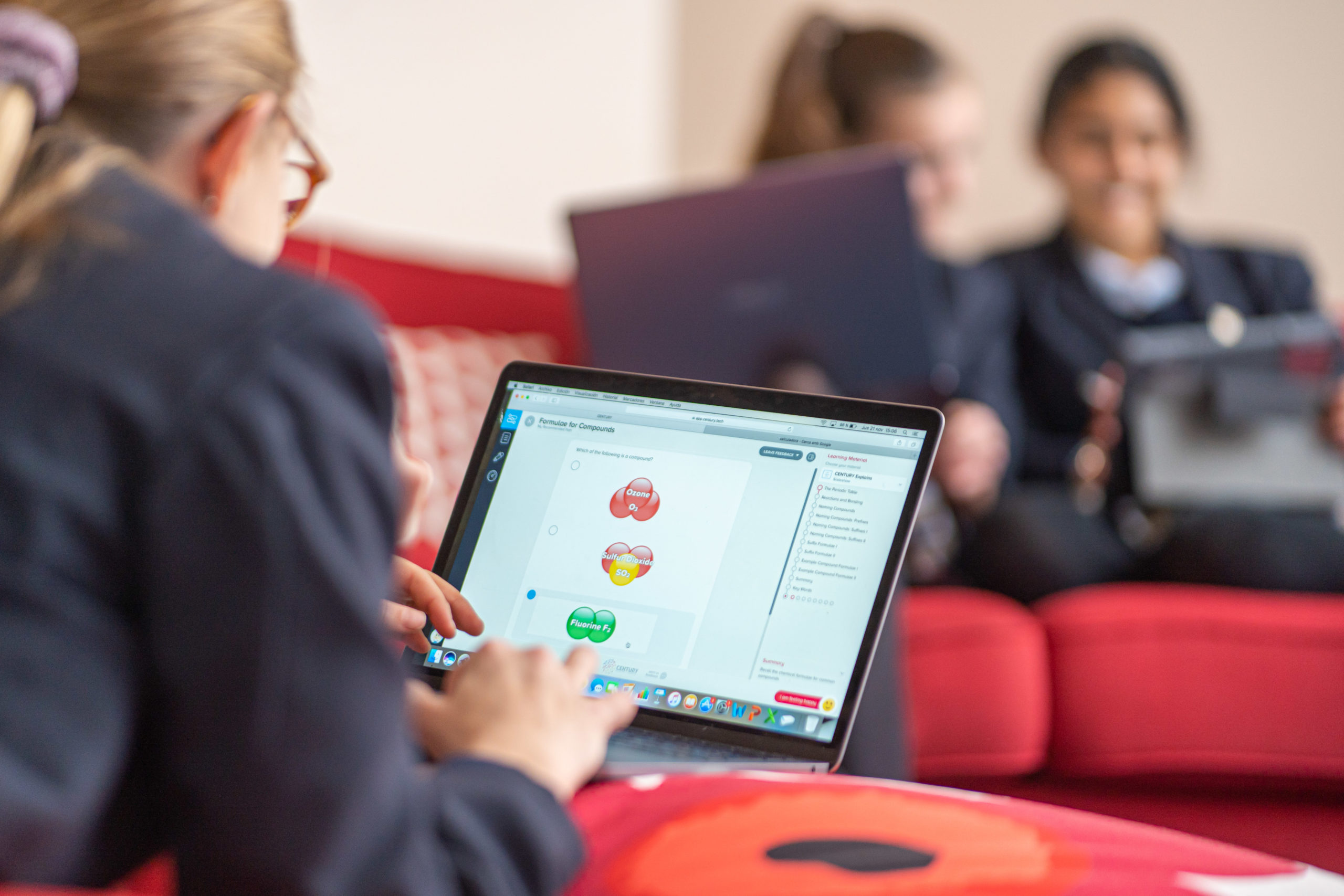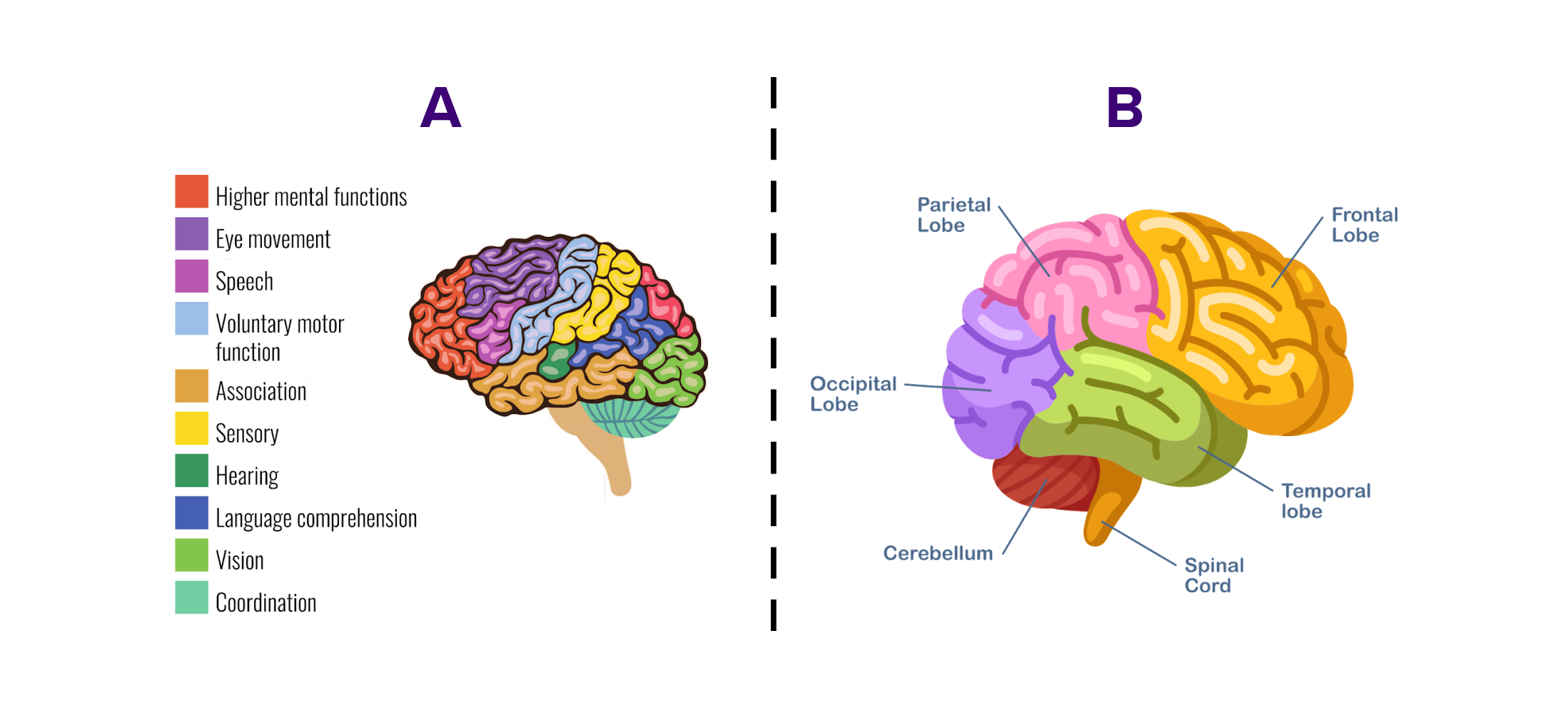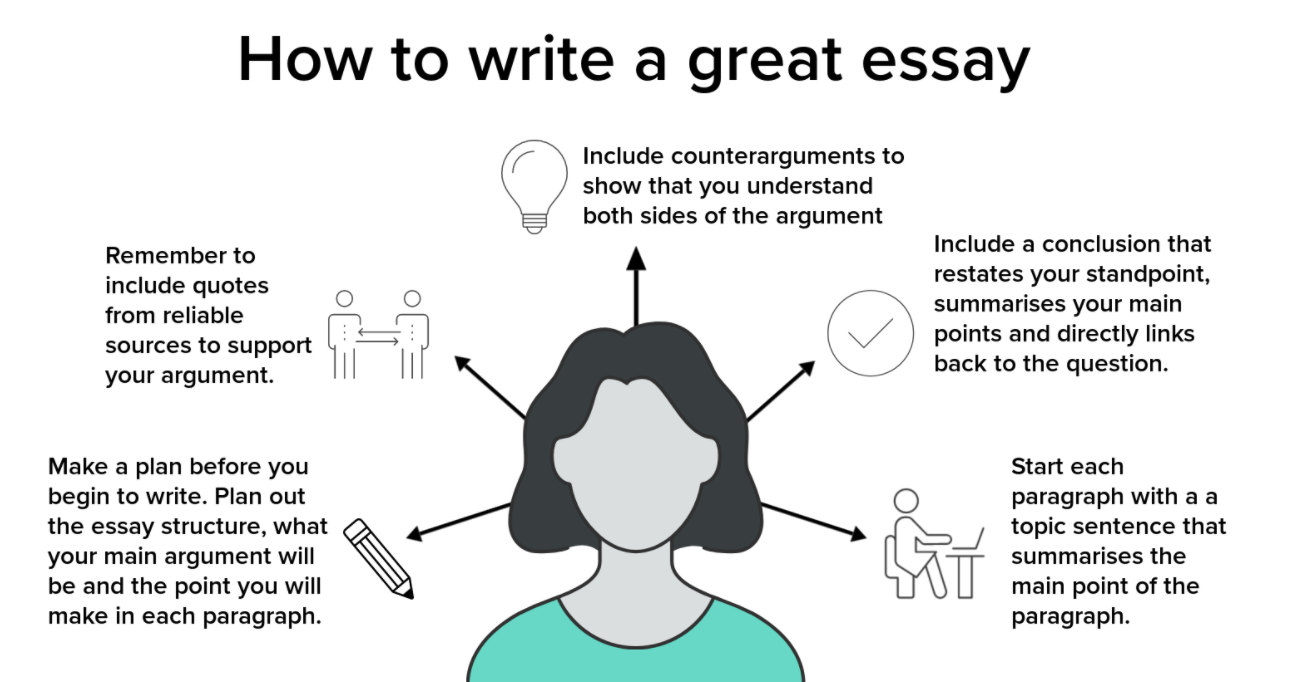Estimated reading time: 8 minutes
Dual coding is the idea of using different types of stimuli to help learners encode information in their brains more effectively, enabling it to be more easily retrieved later on. In the classroom, the main two types of stimuli that are used are visual and verbal.
Visual information is directly encoded into our working memory, which is the part of our short-term memory that temporarily manages and stores information, and it processes in a synchronous way. This means that we can retrieve the information regardless of the order we saw it in.
For example, take a look at the photo below and then close your eyes and try to visualise it.
You should be able to imagine the sunflowers, the dog and the person walking all at once.
In contrast, we recall verbal information in the specific pattern we saw or heard it in. For example, if you read and then try to recall the phrase ‘a person walking their rescue dog in a field of sunflowers in Hertfordshire’, ‘a person’ will most likely come at the start of your recollection and ‘in Hertfordshire’ will come at the end.
As verbal information is sequential, we have to take in the information as it comes to us – we cannot instantaneously absorb multiple things as we can with the image. Particularly when we are trying to encode large amounts of information, verbal stimuli are therefore less efficient than visual stimuli.
However, there are certain advantages to verbal information because it gives you greater specificity. Without it, you would have had no way of knowing that the dog is a rescue dog or that the field is in Hertfordshire, which could be important pieces of information.
Dual coding theory suggests that by using both visual and verbal cues, we can more effectively keep information in our long-term memory.
Putting dual coding into practice
Let’s look at a classic example that you might see in a science textbook, with visual and verbal information presented side by side.
There are positives to this approach. If a student gets momentarily distracted, they can re-engage with the explanation afterwards because it's still visible, and the explanation can be delivered without mistakes. This might be particularly helpful for a less experienced teacher who isn’t confident in their delivery of the explanation.
However, the potential downside can be explained by the split-attention principle, which suggests that when learners have to switch between two different sources of information, it is an inefficient use of their time and effort and can be overwhelming.
According to the split-attention principle, bringing together multiple sources of information – for example, a visual and a verbal piece of information – into a single integrated source can make information easier to encode than displaying them separately. For example, image B would be better than image A.
Another approach could be to show learners an image and have a teacher explain it aloud at the same time. The benefit of this would be that the learner could process the visual (the image) and the verbal (the teacher’s explanation) simultaneously, and it would have the added benefit of allowing the teacher to model the pronunciation of particular words that might be unfamiliar to learners.
However, if there is only a teacher explanation, the learners’ ability to re-engage with that explanation later on is very limited, especially if a student or listener gets distracted during it.
Another approach could be to use a visualiser. This allows teachers to gradually present information to learners and to tweak their explanation, if necessary, if students are struggling. This might not be possible if a teacher doesn't have that much artistic ability, or if their handwriting isn’t clear. In that case, an animated presentation might be clearer and more seamless when it comes to the explanation.
As these examples have shown, there is no one-size-fits-all approach to implement dual coding theory, and the best approach to teacher instruction will depend on the information that's being imparted and the available resources.
Common mistakes
Some people interpret dual coding as the idea that visual and verbal keys must always be included in learning materials, regardless of how relevant or helpful they are, but this can do more harm than good. If learners are given too much information simultaneously, they will be unable to process all of it.
For example, the icons in the image below neither relate to the verbal information nor do they add any useful new information. The central image does not have a clear link to essay writing either. If any of the visual or verbal information in a learning resource doesn’t support understanding, it is adding an unnecessary extra element for the learner to comprehend and spend time thinking about.
So, how does CENTURY take dual coding into account when we create content?
We put a lot of thought into how a concept is explained in each of our videos. Before our teachers get to the recording stage, they prepare a detailed script and presenter notes to ensure that the animations and images appear at the same time as the voiceover, and our video editor will double check that everything is synchronised. Everything is very precise and planned out to ensure maximum comprehension for learners.
We don't include any redundant images or animations that might distract learners – we want to make sure that when animations are used, they're really drawing attention to what we want students to be focusing on.
For example, the above clip has been taken from a nugget on column addition in one of our primary maths courses, and it demonstrates how carefully timed animations are used to illustrate a particular concept. They compliment and mirror what the voiceover is saying, and draw attention to what the learners should be focusing on. Any text that does appear is incremental and is not going to overwhelm the learner.
Book a demo to find out more about how CENTURY can help to enhance the teaching and learning at your school or college.







